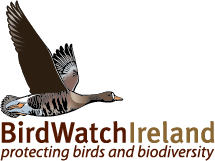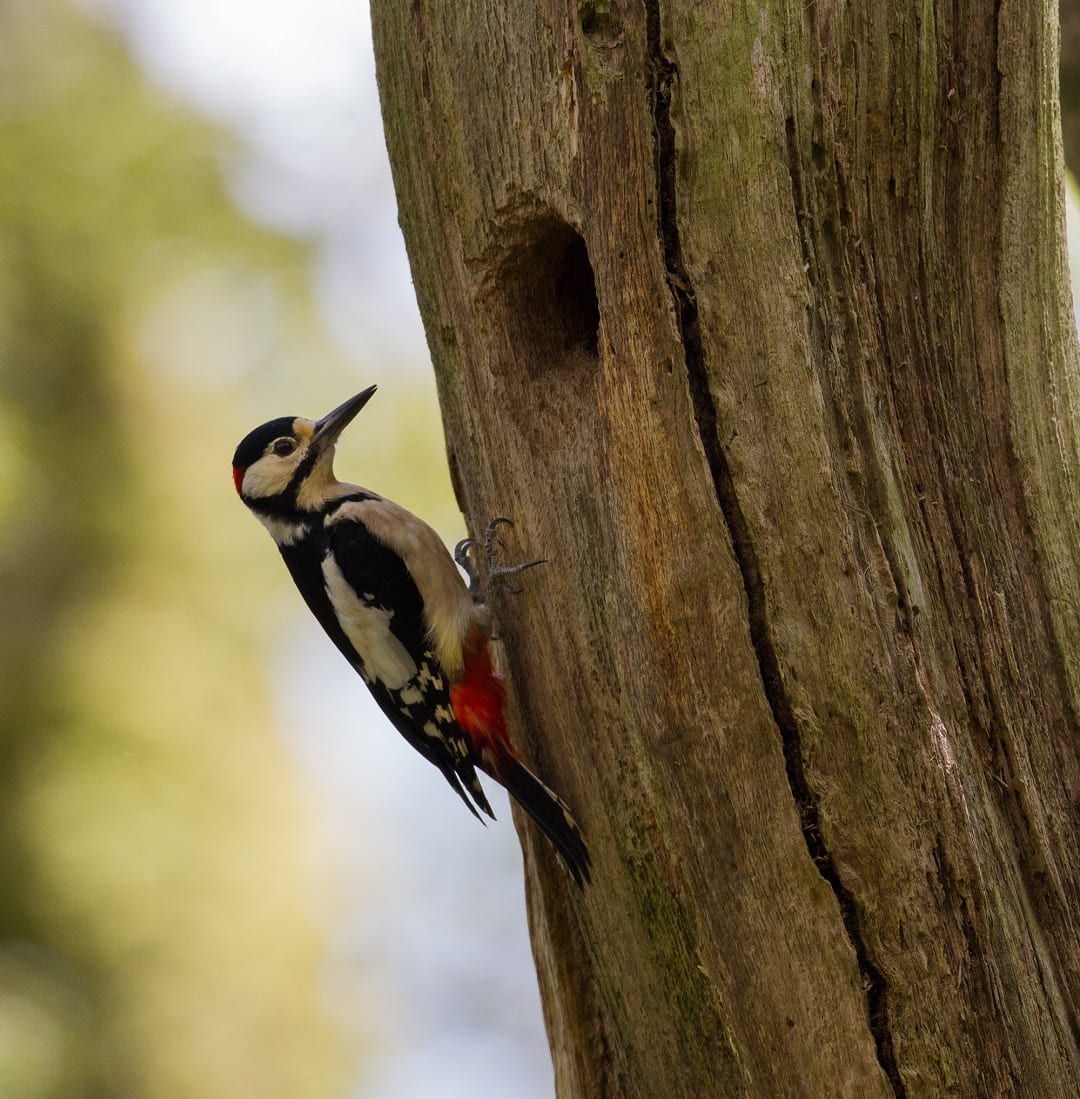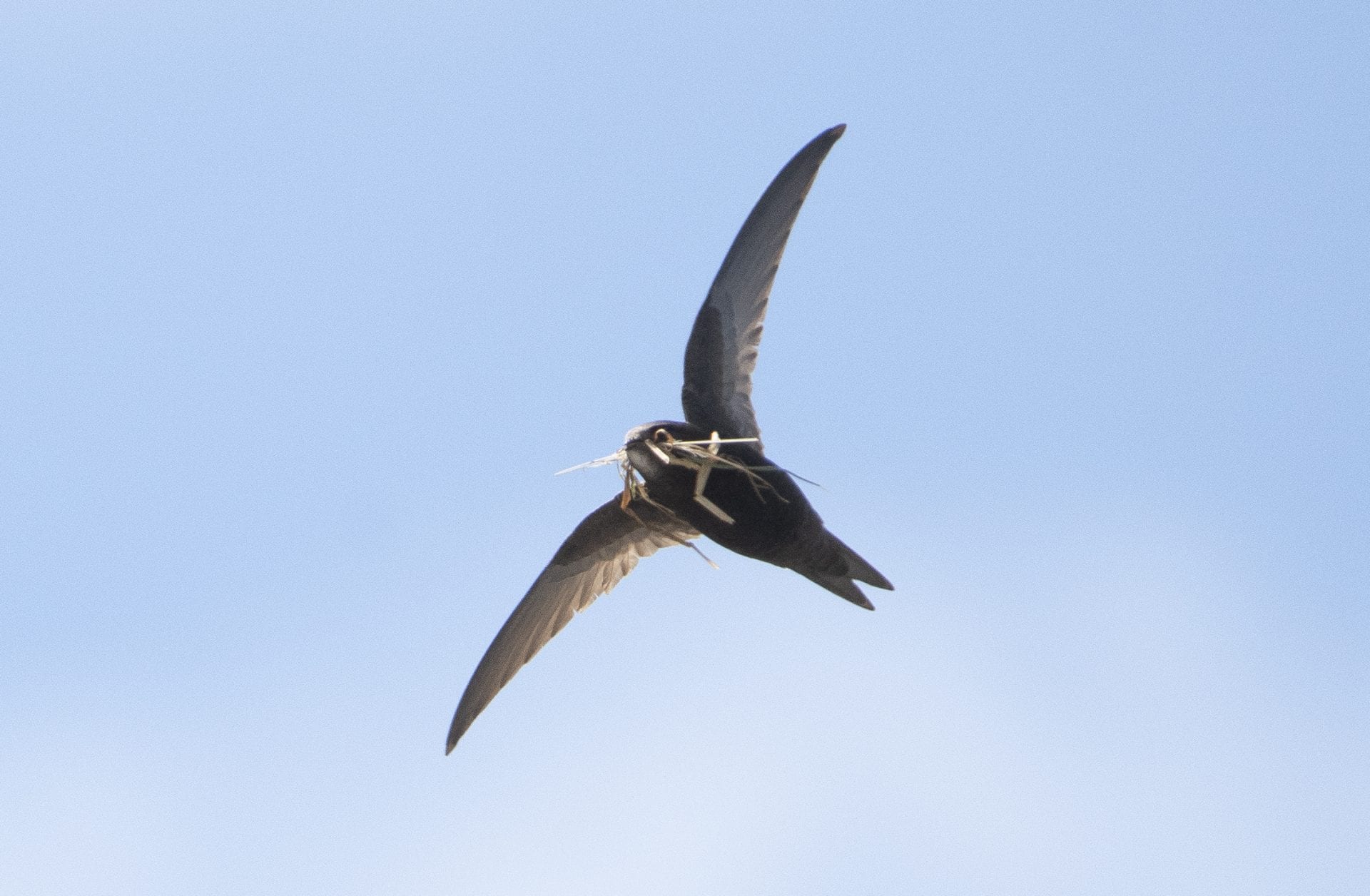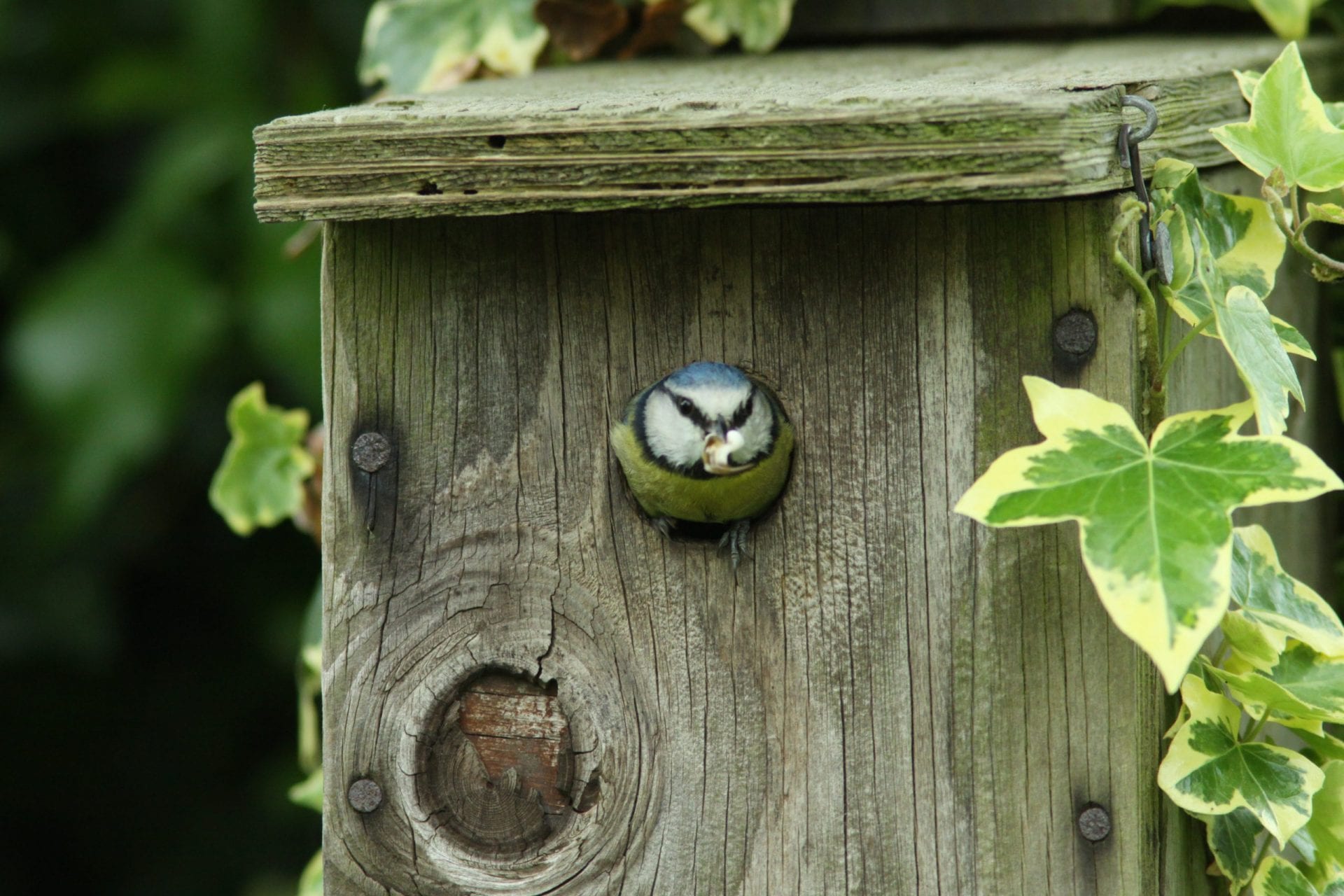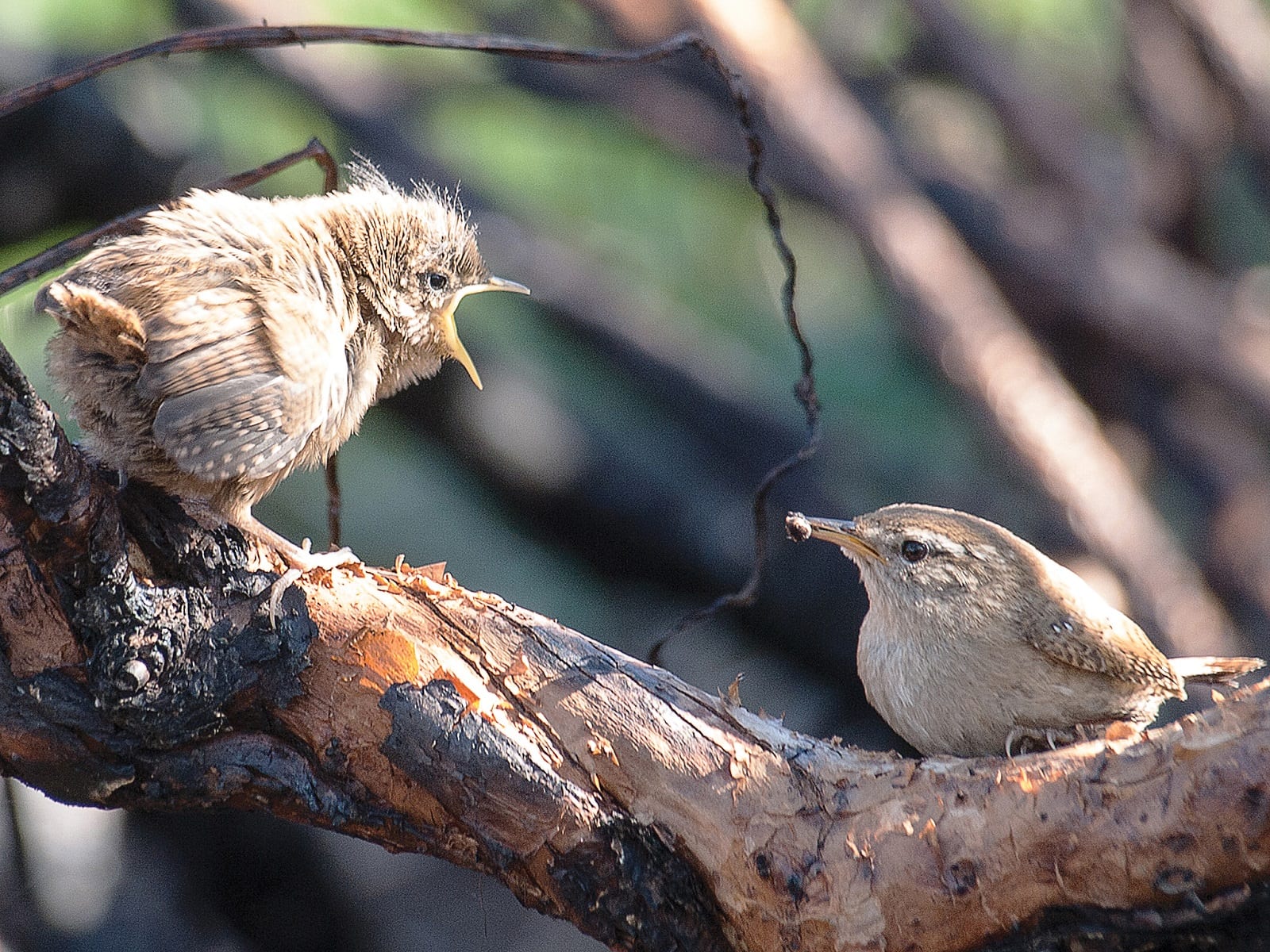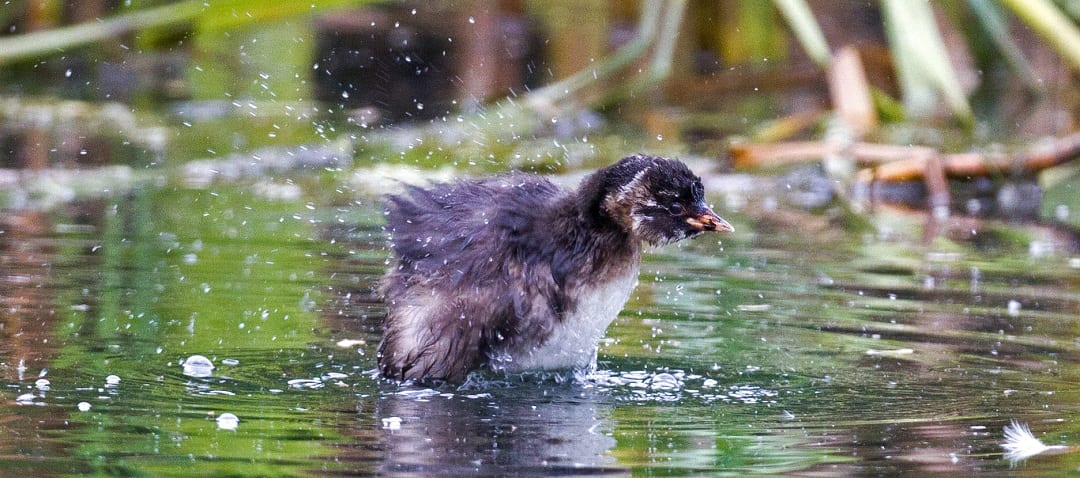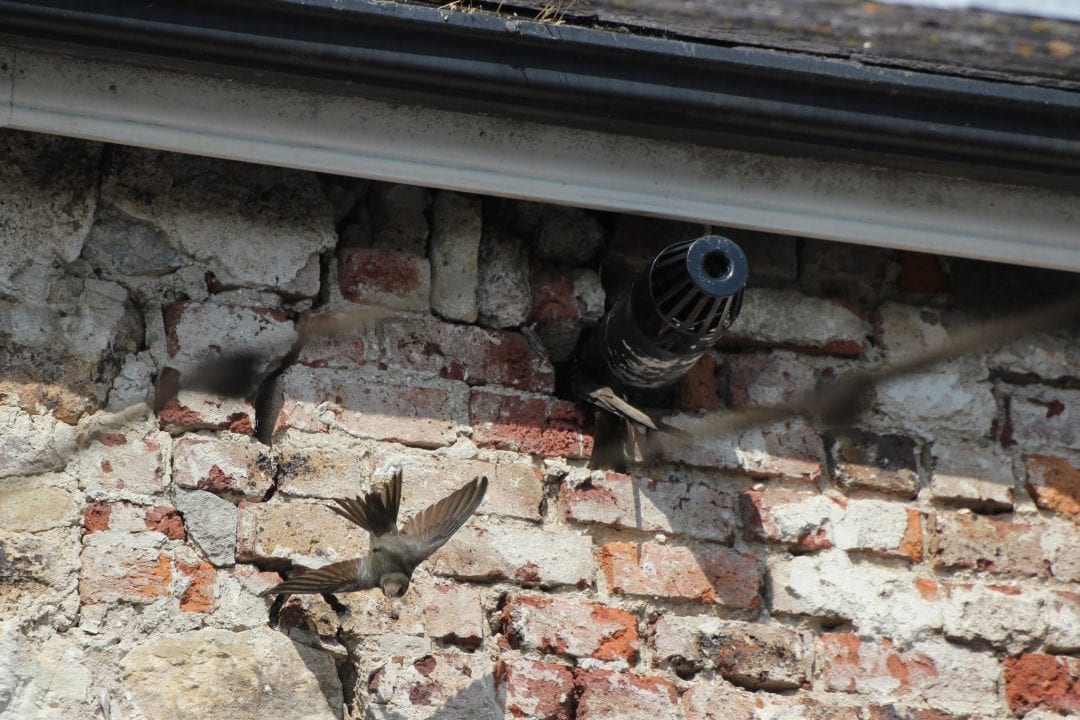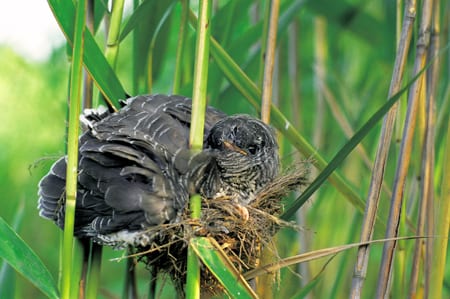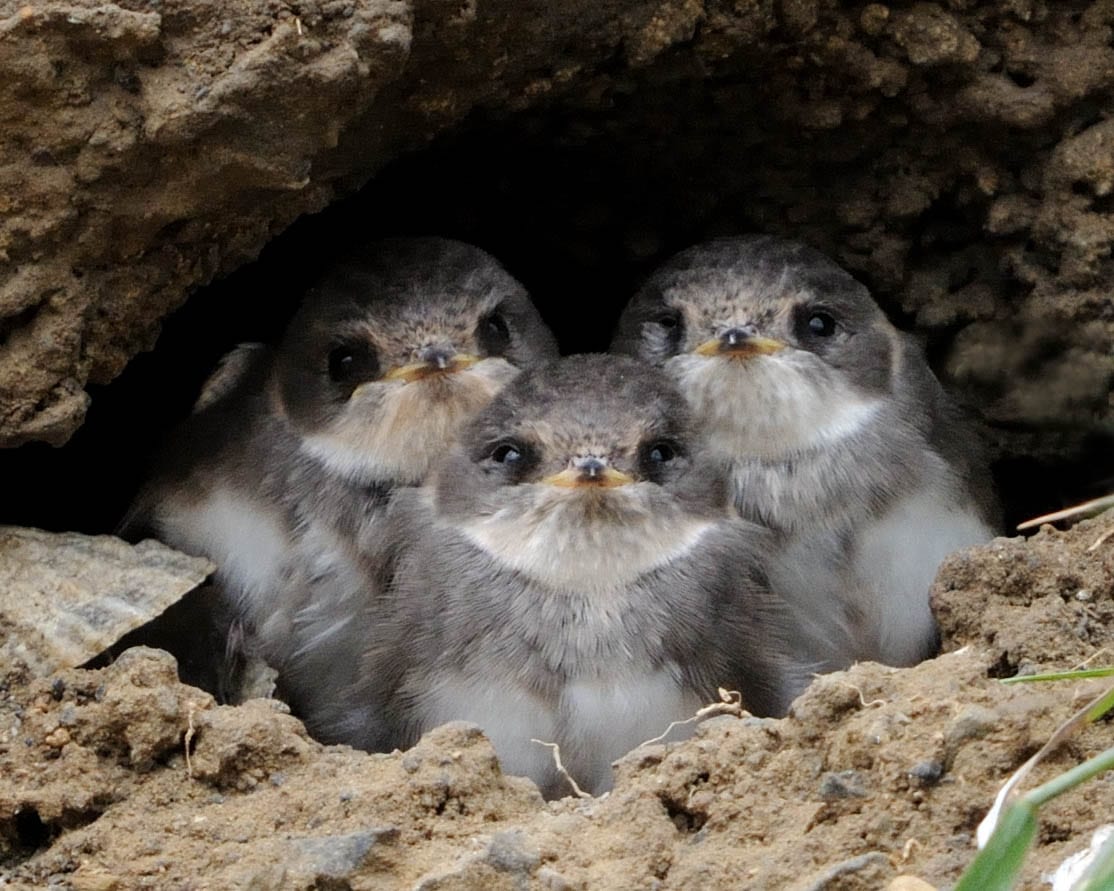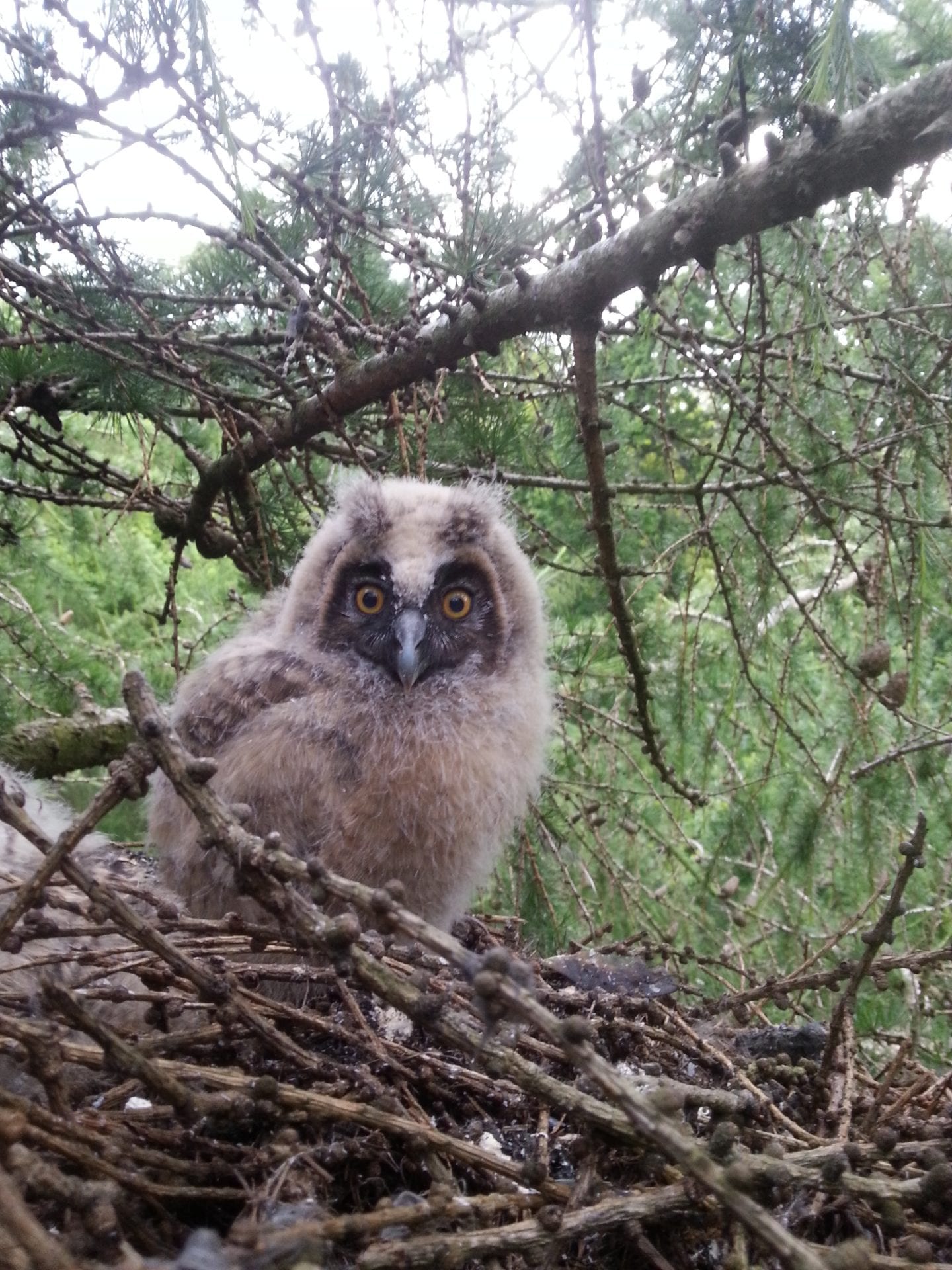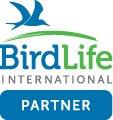How to Know when Birds are Breeding
Picture spring in full swing. Southern migrants have returned to our shores; the skies are now filled with song at dawn (and, to a lesser extent, at dusk), while some birds prepare to nest, and others are already rearing their first brood of chicks. When out and about, basking in the spoils of spring, you can add valuable information to your BirdTrack records by noting any breeding evidence you see. Click the clipboard icon beside each species to log additional observation details.
Did you know, there are clues all around that birds may be nesting nearby? You can learn much about breeding activity without ever seeing eggs or a nest. In fact, disturbing or photographing nesting birds is illegal in Ireland (without a licence). So, it is best to keep a safe distance from nests, nestboxes, and breeding birds (https://birdwatchireland.ie/too-close-for-comfort-bird-nests/). However, as you’ll read below, breeding evidence comes in many forms.
Signs of breeding evidence are divided into three categories; Probable, Possible and Confirmed Breeding. You can read the full list of behaviours here: https://www.bto.org/our-science/projects/birdtrack/taking-part/adding-extra-detail-your-records/optional-details-add. Below, are just examples of some behaviours within each category. Whether the activity you witness is evidence of possible, probable, or confirmed breeding, we want to know it all!
Possible breeding
An example of a possible breeder would be a male singing during the spring and summer months, especially when seen in suitable habitat (such as a Song Thrush perched on a tree, a Grasshopper Warbler on a young conifer plantation, rough farmland, or the edge of a bog).
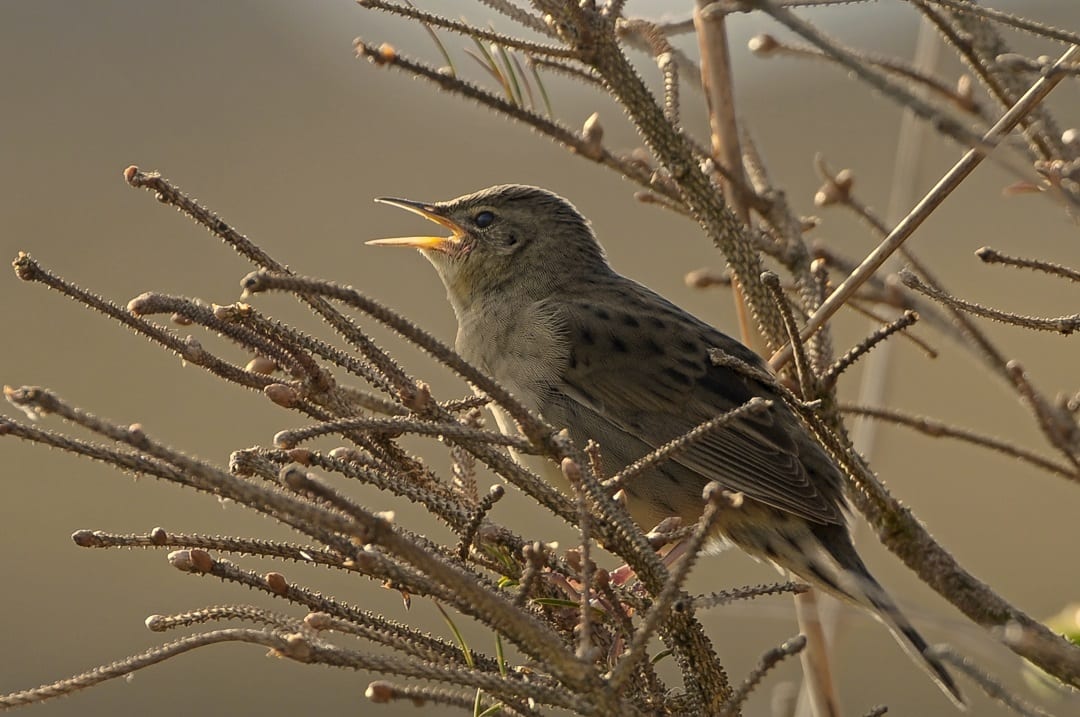
Male Grasshopper Warbler singing from a conifer tree (Colum Clarke)
Probable Breeding
- Courtship and display, like that of our Skydancers (Hen Harriers) doing the ritualistic food pass. Watch this incredible display of aerial acrobatics below.
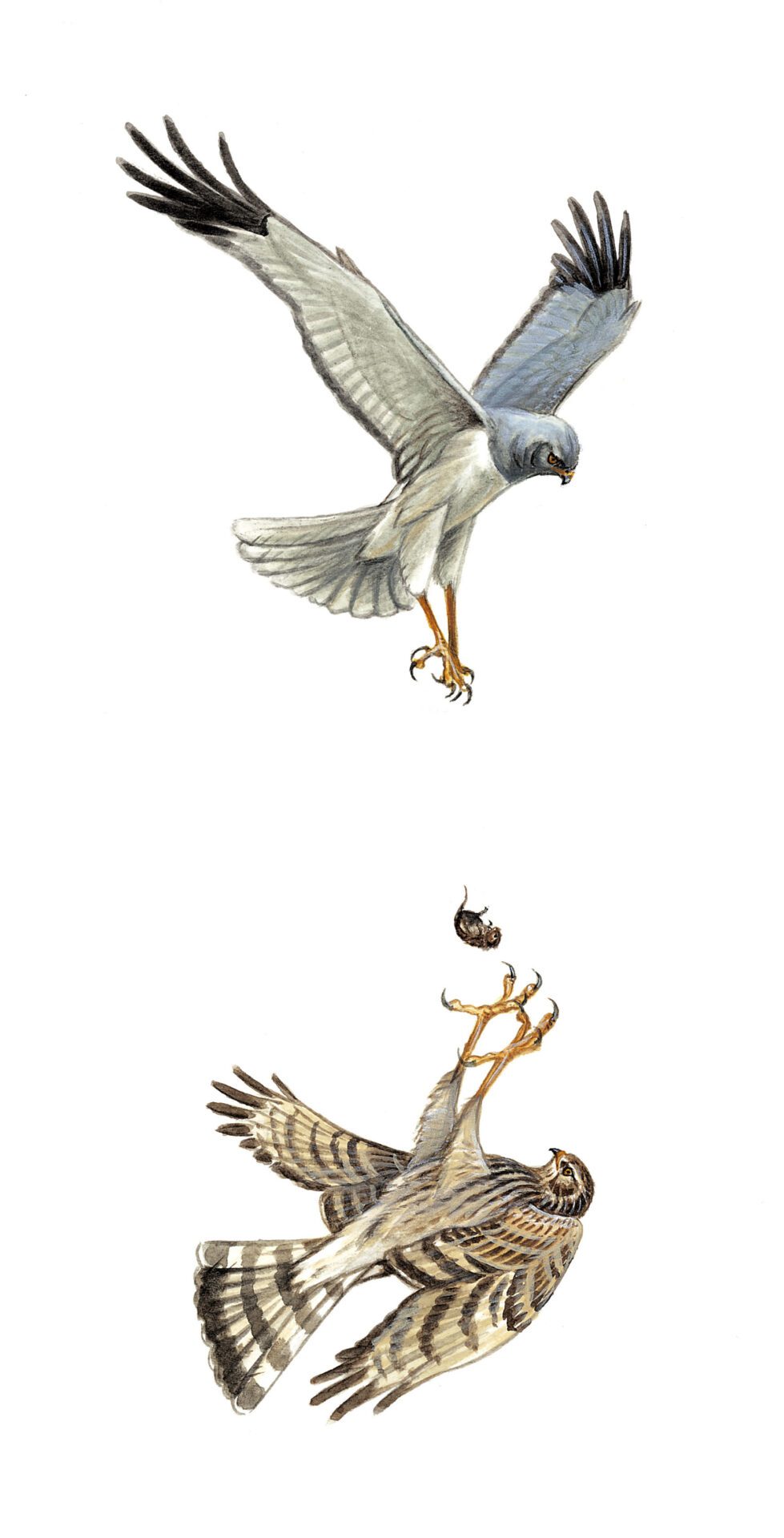
Hen Harrier male and female doing a food pass (Mike Langman – RSPB images)
Other examples include:
- A pair (male and female) observed in suitable habitat during the breeding season
- Exhibiting territorial behaviour at the one location (at least two days within a week) – as you might see from Mute Swans on your local river at this time of year
- Visiting a probable nest site
- Agitated behaviour or calls from adult birds, indicating chicks are nearby (a sign that we need to give this area a wide berth)
- Nest-building or nest-hole excavation
Great Spotted Woodpecker nest hole (Shay Connolly)
Swift carrying nesting material (Richard T. Mills)
Confirmed Breeding
- Distraction or feigning injury – for example Ringed Plover are well known to fake a broken wing in attempt to lure potential predators away from their nest
- An adult carrying a faecal sac
Blue Tit removing faecal sac from a nestbox (Dick Coombes)
- An adult carrying food for young
Adult Wren with food for a fledgling (Vincent Hyland)
- A nest containing eggs
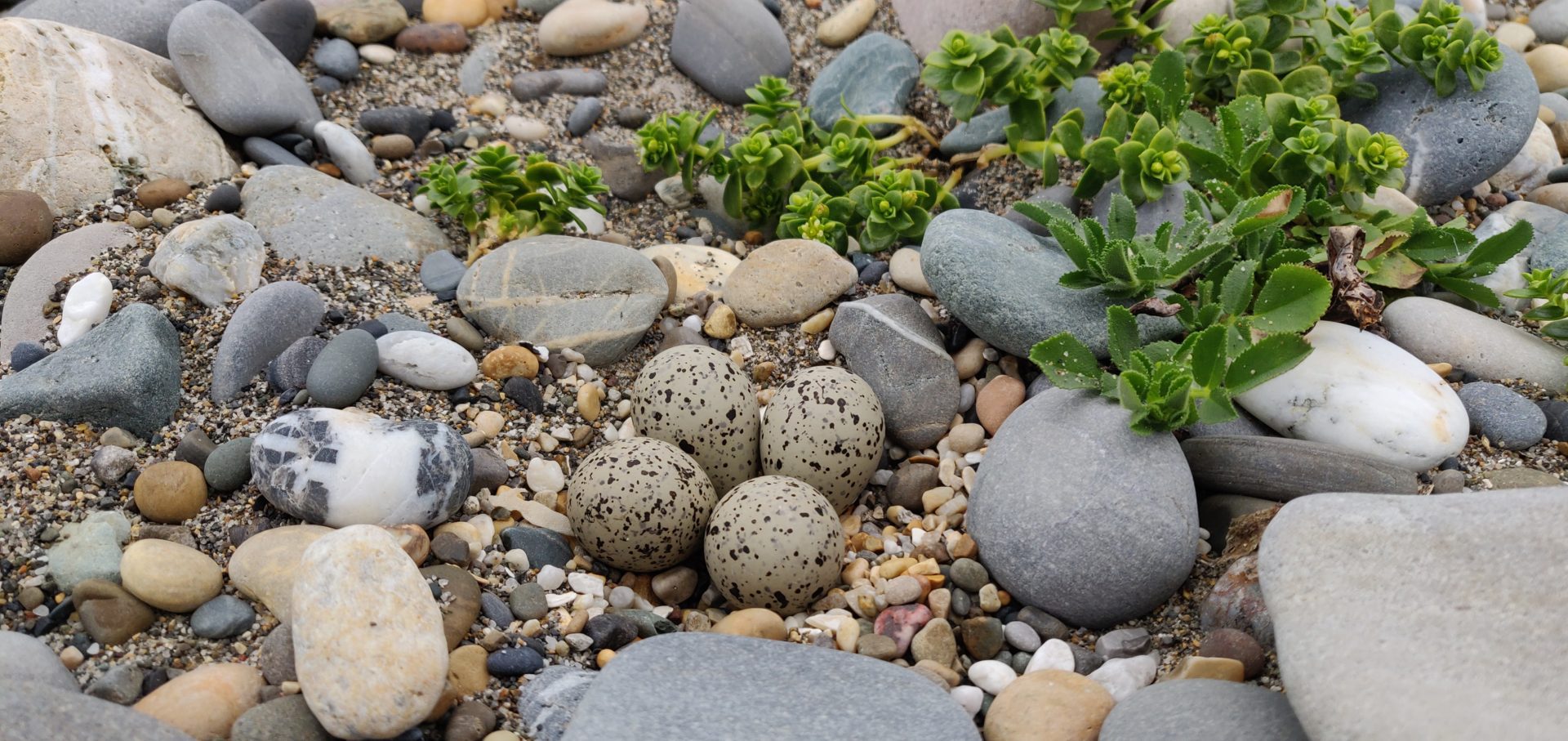
- Recently fledged young
P.S. Birds can be tricky to identify when young. Read this piece to see a comparison of some common garden birds and their fledglings.
Little Grebe chick (Shay Connolly)
Great Crested Grebe carrying three chicks on its back (Norman Niblock)
- Adults entering or leaving nest-site in circumstances indicating an occupied nest (including high nests or nest holes, the contents of which can not be seen) or adults seen incubating
Adult Swift leaving nest-site (Kevin Collins)
- Nest with Young seen or heard
Cuckoo chick in a rather tight-fitting nest (Artur Tabor)
A huddle of Sand Martin chicks (John Fox)
Listen out for the ‘squeaky gate’ sound typical of young Long-eared Owls (John Lusby)
If you want to be privy to the goings on within your nestboxes, without breaking the law, one great solution is to get a nestbox camera. This sends a livestream of the action straight to your phone/device without disturbing the birds. Purchase your very own Bird Box Wifi Camera System here: https://birdwatchireland.ie/product/wifi-bird-box-camera-system/ to use next breeding season.
BirdTrack is organised by the BTO in a partnership with Birdwatch Ireland, the SOC ,and WOS, and the RSPB. All images included have been taken under licence.
